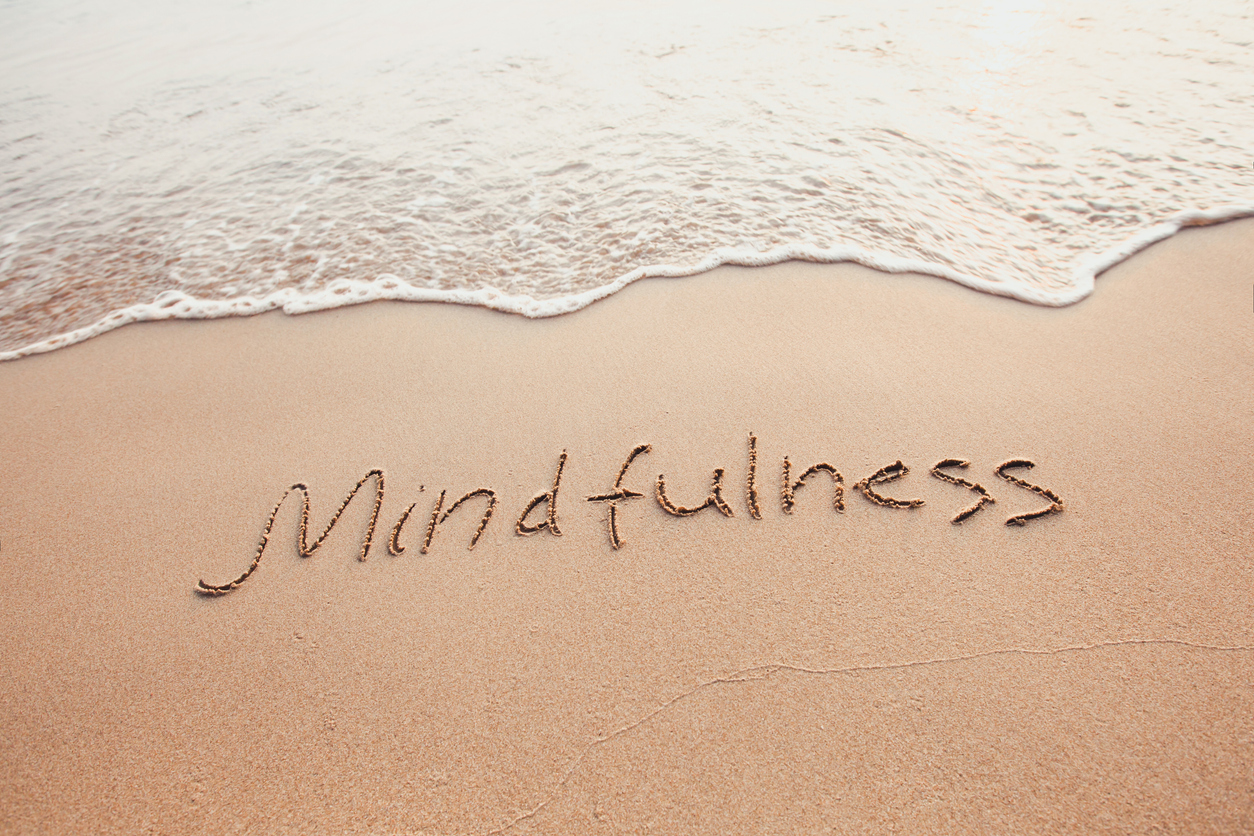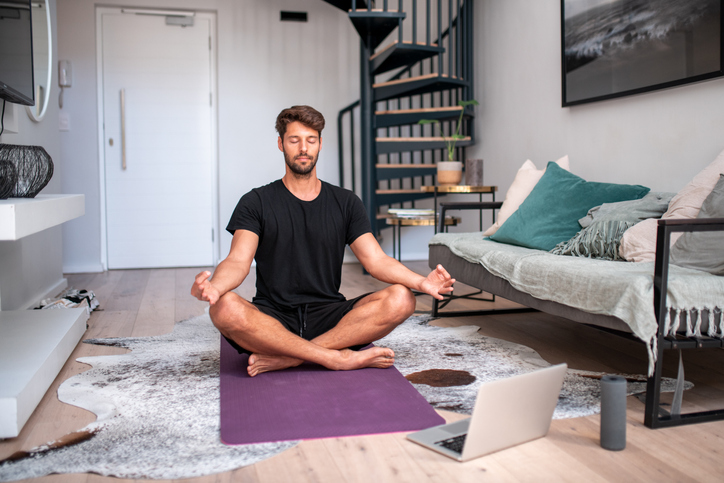Wellness
Types of Meditation

What is meditation?
Meditation has been practiced for thousands of years. It involves focusing on the present moment while observing bodily sensations, including pain. Meditation helps retrain the brain. For those with a chronic pain condition, the goal is to relax and accept discomfort, which can increase the tolerance for pain. Additionally, when stress is reduced and relaxation occurs during meditation, endorphins (“feel good” hormones) are released.
Types of meditation
Each type of meditation does not work for everyone. When an individual feels comfortable with a particular type of meditation, greater relaxation and comfort is experienced. Several meditation styles may be attempted before finding the best one suited for individual needs. Prior to deciding which form to try first, complete research, consult a health care professional, and ask others. Below are some of the most common types of meditation.
Guided imagery meditation
Guided imagery, also known as visualization, is one of the most common forms of meditation. It is a mind-body relaxation method that is used to achieve a focused and relaxed state. Based on the principle that the mind and body are inherently connected, guided imagery utilizes all of a person’s senses to redirect the individual’s thoughts away from pain, stress, anxiety and/or depression. Guided imagery is primarily used to promote relaxation, which has been shown to reduce pain levels and improve the way the body responds to stress.
Mindfulness meditation
Mindfulness is a type of meditation that involves using certain skills (e.g., guided imagery, meditation, journaling, breathing exercises, etc.) to focus on the present and observe inner thoughts and feelings without judgment. Depression, anxiety and stress are increased when too much time is spent thinking negatively, problem-solving, or planning. The goal of mindfulness is to promote relaxation, improve mental clarity, and manage stress.
Focused meditation
Concentration, or focused, meditation follows closely with mindfulness. It involves focusing on something and improving the ability to concentrate. A common type of focused meditation for pain management involves body scanning. Each part of the body, from head to toe, is scanned by visualization. Reflective meditation is also a type of focused meditation. A topic is selected while all attention and thoughts explore the topic.
Movement meditation
Meditation can be practiced while doing physical activities, especially walking. Walking meditation consists of being aware of body sensations, such as how the feet feel as they hit the ground, the motion of the arms swinging, and the leg muscles that are activated. It includes a high awareness of surroundings on the walking journey. Additionally, posture and breathing are also focal points. Movement meditation may include yoga, tai chi, Qigong, gardening, cooking, etc.
Progressive muscle relaxation
Progressive muscle relaxation (PMR) has proven to be an effective way to reduce stress levels. PMR can help relieve symptoms of headaches, cancer pain, high blood pressure, and digestive issues. The practice of PMR involves tensing or tightening one muscle group at a time and then relaxing the muscle group. As each group of muscles relaxes, the mind should focus on the relaxation sensation.
Transcendental meditation
Transcendental meditation involves closing the eyes and silently repeating a mantra, which is a word, phrase or sound without any particular meaning. This practice focuses the mind and promotes inner peace. To achieve a deep state of relaxation, it is recommended to engage in transcendental meditation twice per day.
Loving kindness meditation
Metta meditation, or loving kindness meditation, focuses on feelings of kindness and benevolence in the heart and mind. It begins with positive thoughts toward oneself, while taking deep breaths. As the thoughts progress, others should be focused on, including family, friends, co-workers, etc. Loving kindness meditation also encourages kind thoughts toward adversaries and life stressors.
Heart-centered meditation
Although very similar to loving kindness meditation, heart-centered meditation focuses on emotions rather than thoughts. The heart or chest is the focal point of feelings. The focus is placed on loved ones and slowly expanded to oneself, acquaintances, communities, etc. Fear, sadness and grief are replaced with love and compassion.

















